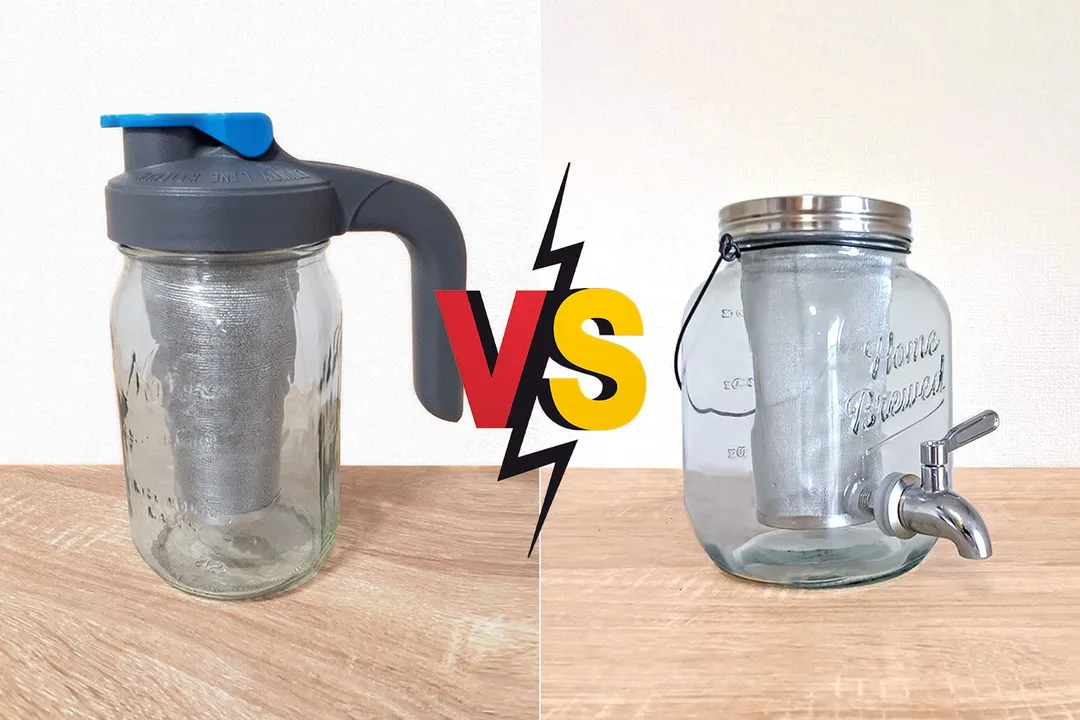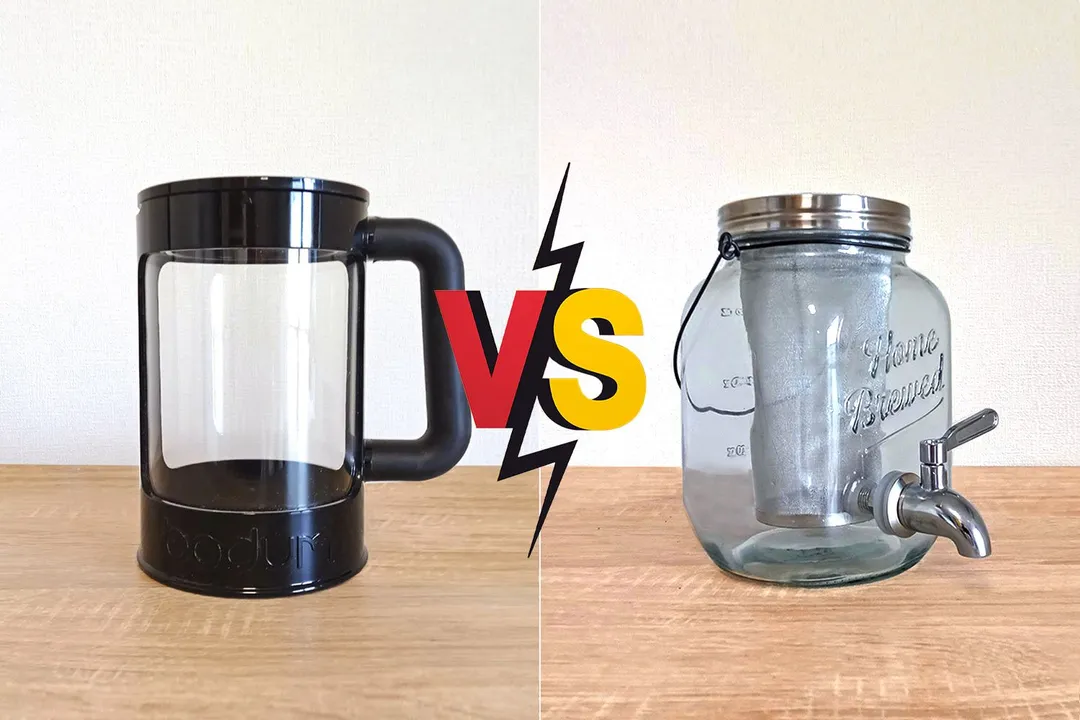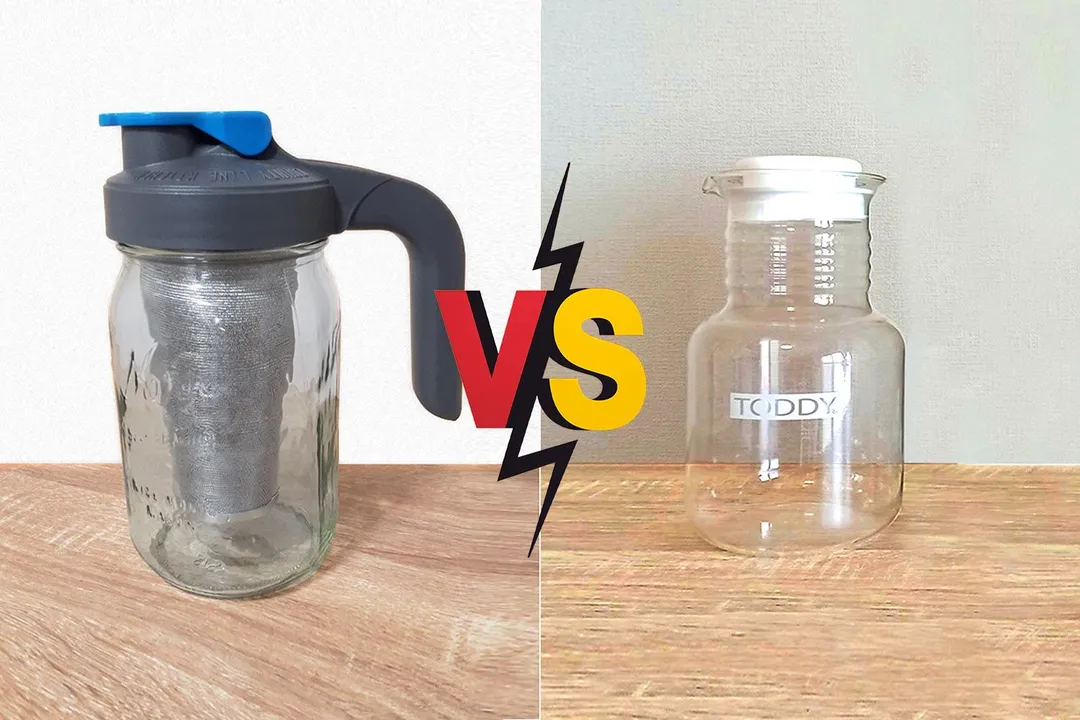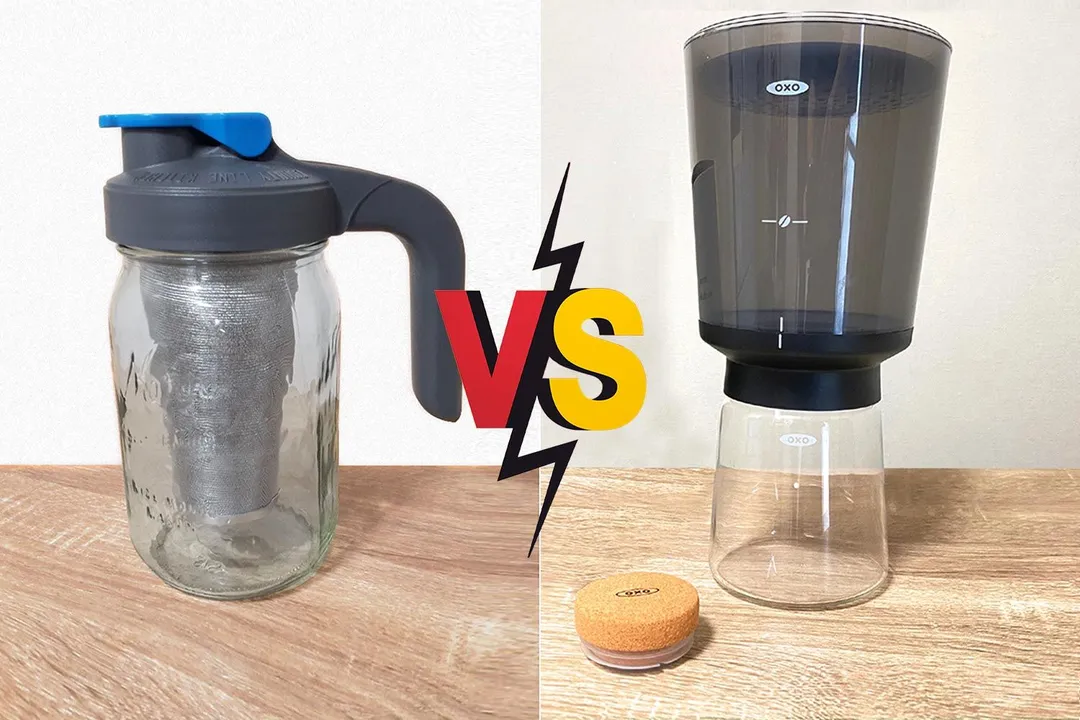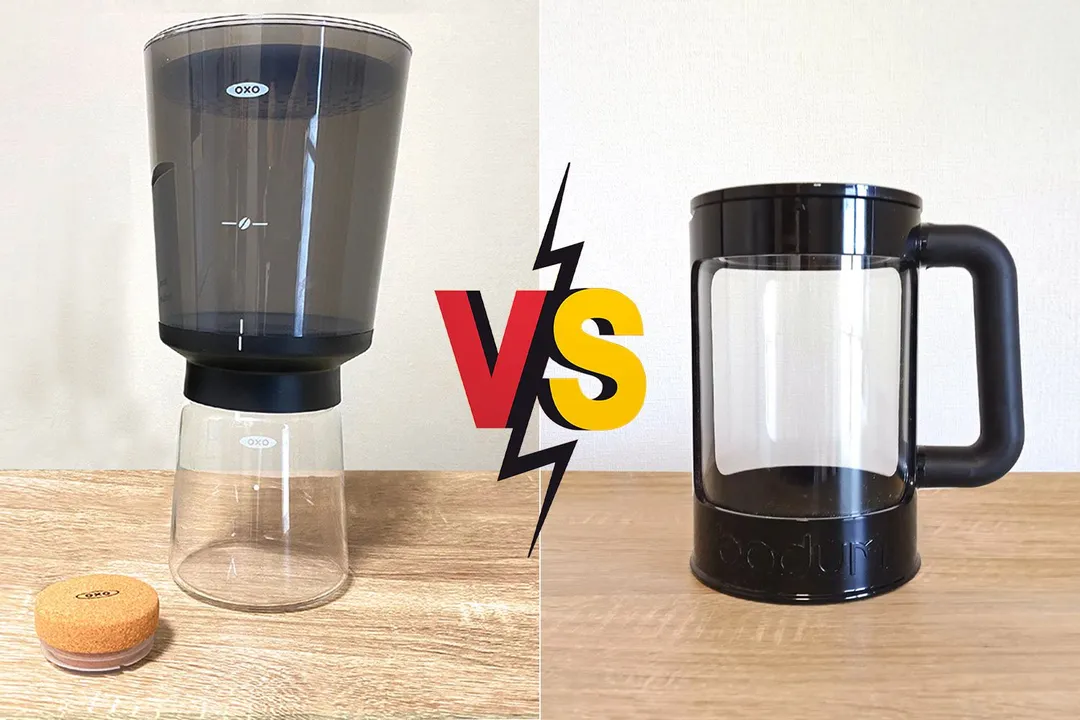Our recommendations are made independently through Research & Testing. We may receive commissions from purchases made via our links.
County Line Kitchen vs Bodum Side-by-Side Comparison
County Line Kitchen vs Bodum cold brew coffee maker. Two top-class brewers with different brewing methods. One makes a cold brew concentrate.
County Line Kitchen
Tested Using Methodology v1.0Bodum
Tested Using Methodology v1.0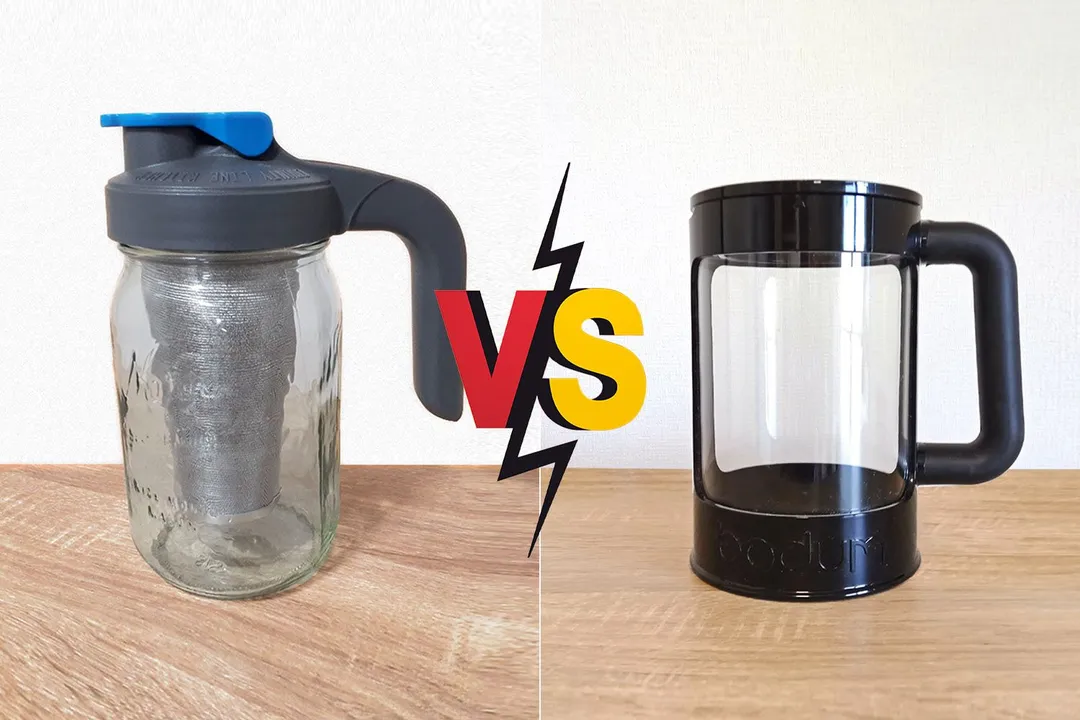
Overall Verdict
The County Line Kitchen and Bodum are two different types of cold brew coffee makers. The County Line Kitchen is an immersion filter brewer with a fixed brew ration. The Bodum is a free-style French press brewer so you can adjust the brew ratio and brew quantity.
The Bodum will give a full-strength cold brew concentrate. The County Line Kitchen produces a weaker brew but one that can still be diluted. Brewing with the Bodum takes a little more time and effort but its filter works the best.
The County Line Kitchen can fit into the door bin of a small refrigerator and lay on its side after the filter is removed. It’s also made of glass and stainless steel so is versatile enough for hot beverage brewing. The Bodum features an all-plastic design and must brew standing on a shelf.
Pros & Cons
- Versatile product
- Minimal packaging
- Packed and shipped in the US
- Robust and durable
- Airtight silicone gasket
- Light and durable
- Open/close spout
- Perfectly airtight
- Comfortable handle
- Freestyle brewing
- Made in Portugal
- Brew strength average
- Filter not so effective
- Decanting can be tricky
- No measuring guides
Key Specs
Where to Buy
*You help support HealthyKitchen101's product testing and reviews by purchasing from our retail partners.
Analysis and Test Results
Brew Quality
Bouquet
Drinkability
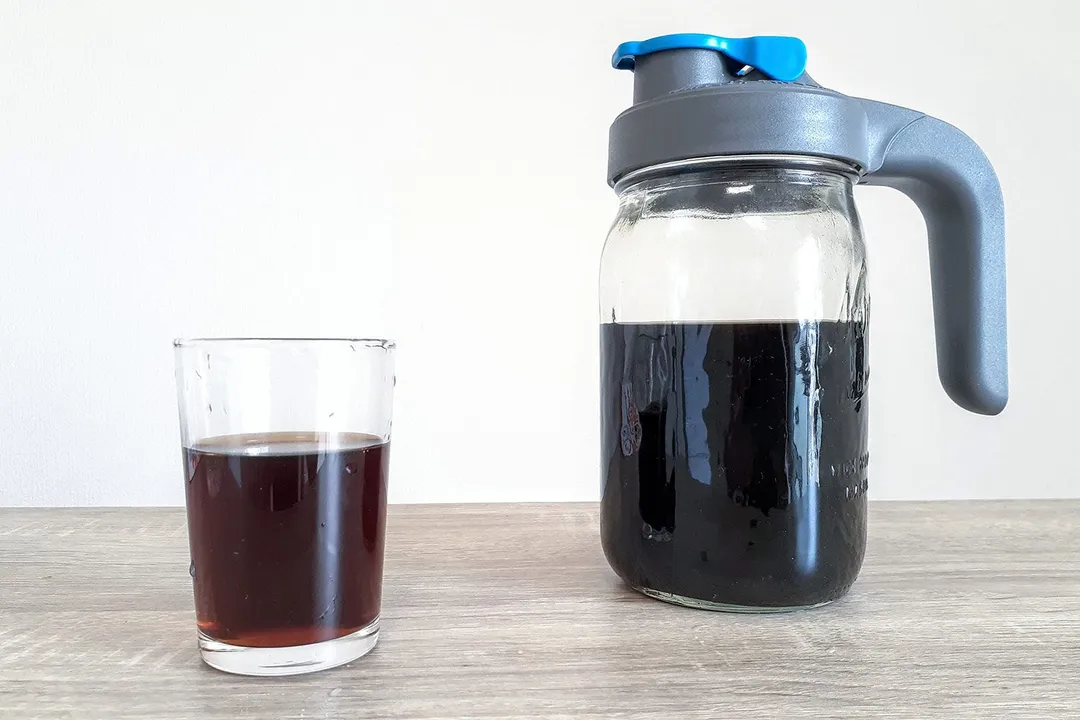

Sediment
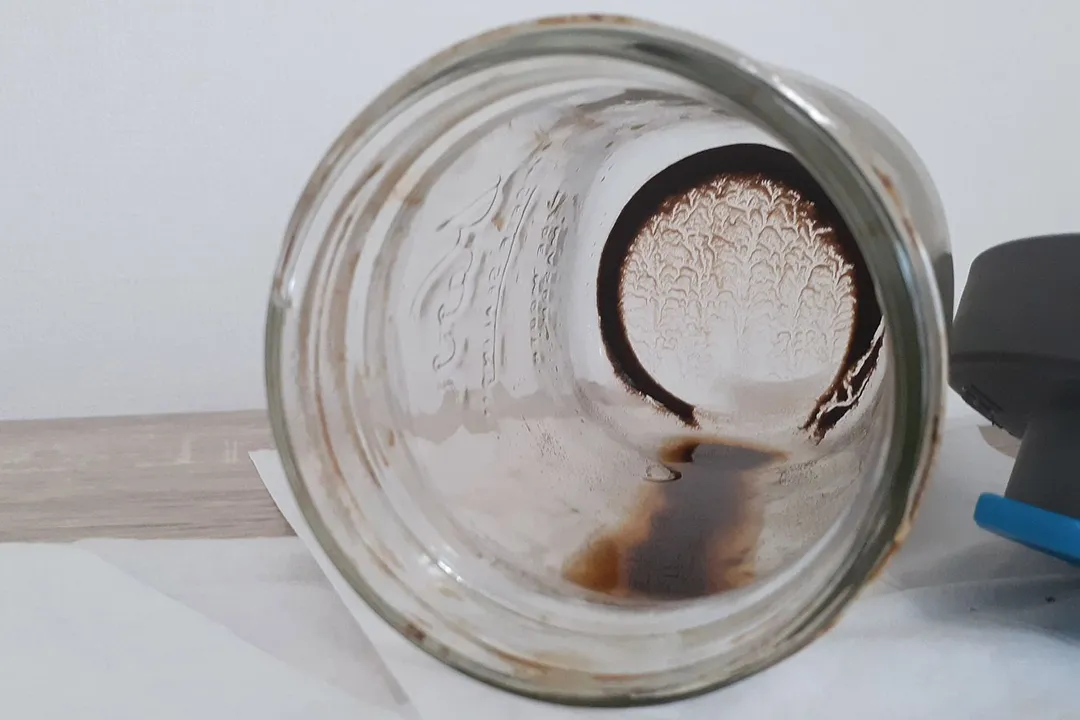
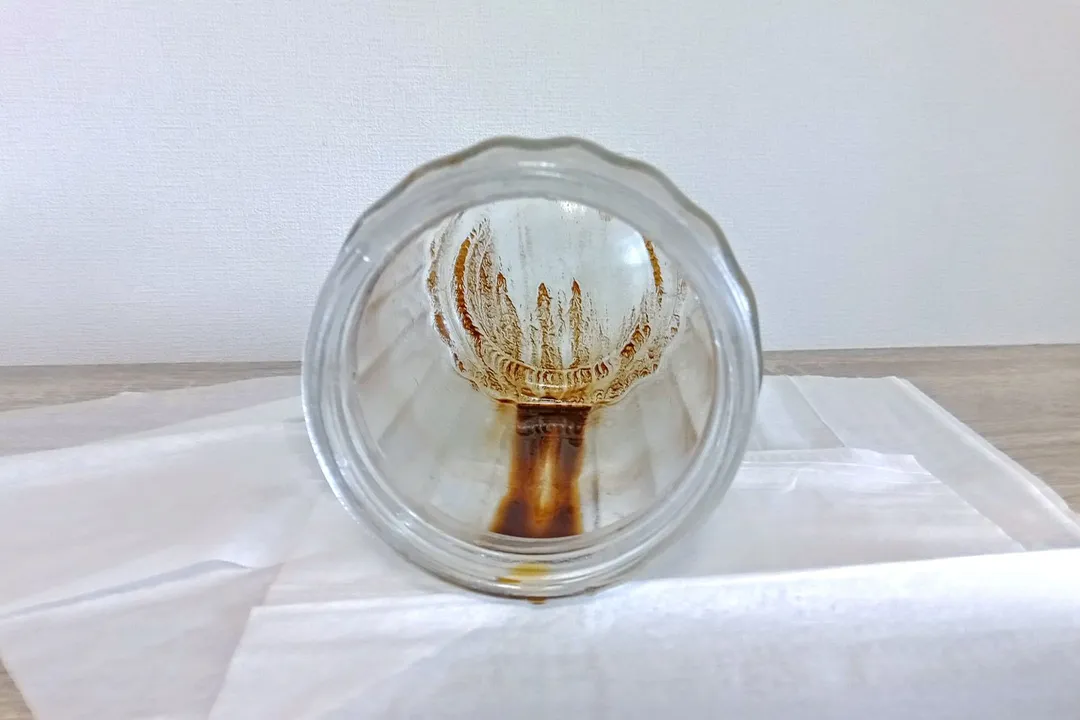
Design
In the Box

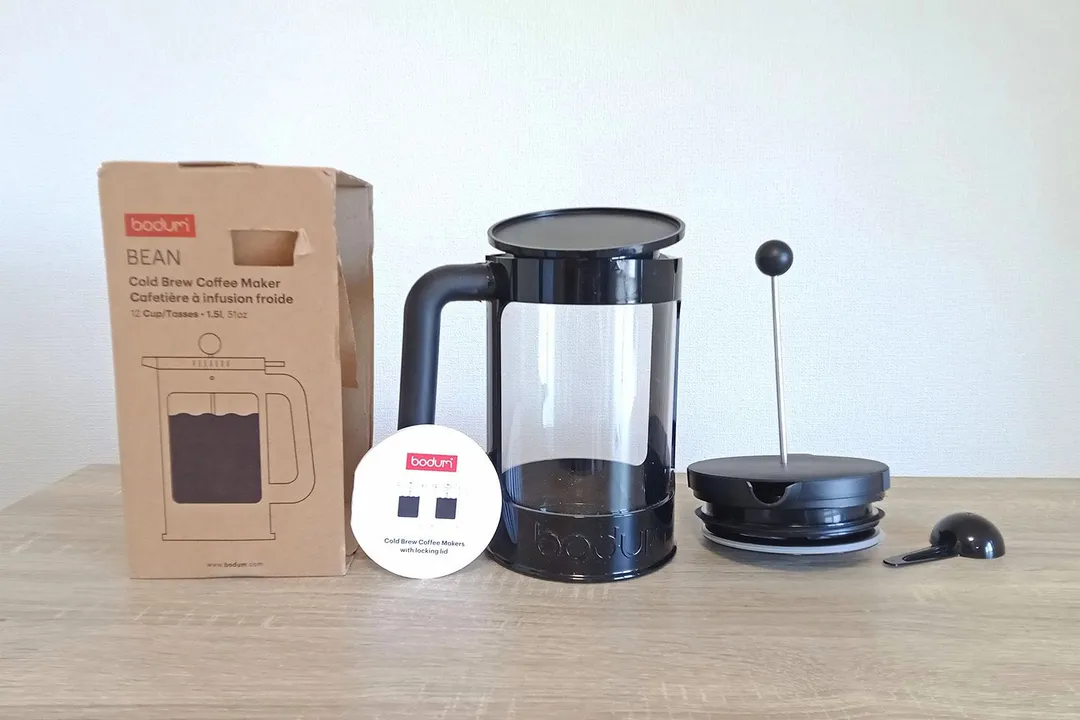
Decanter

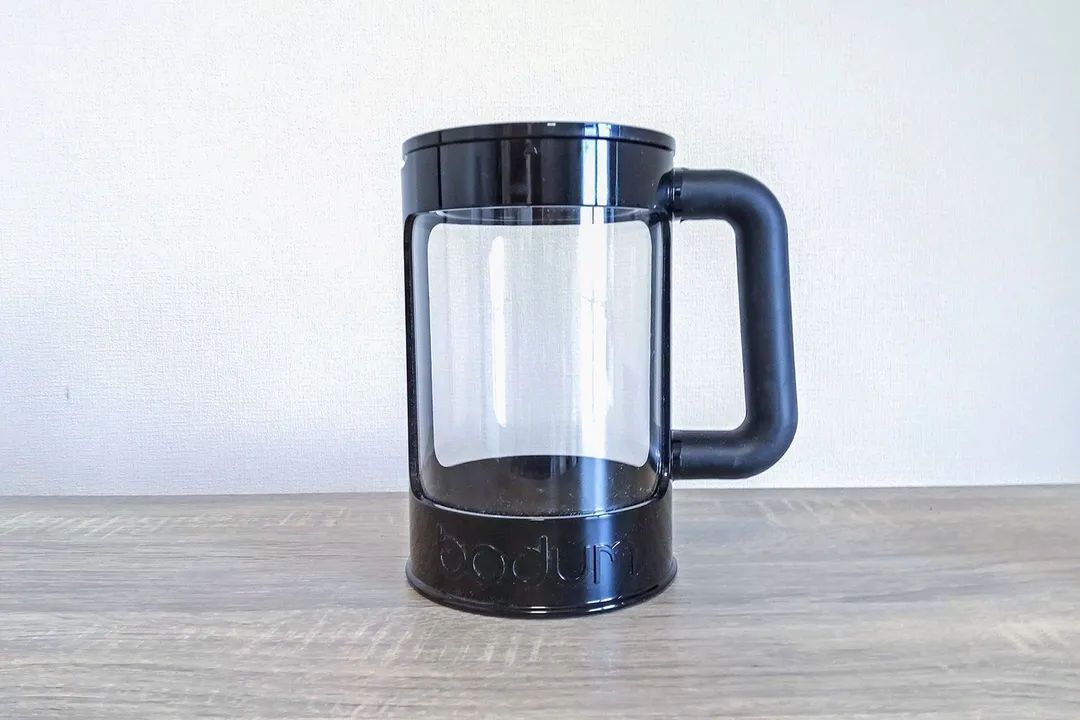
Stopper / Lid
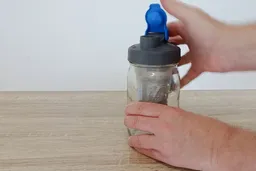
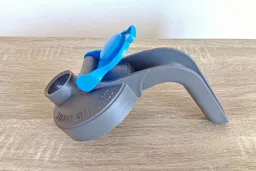

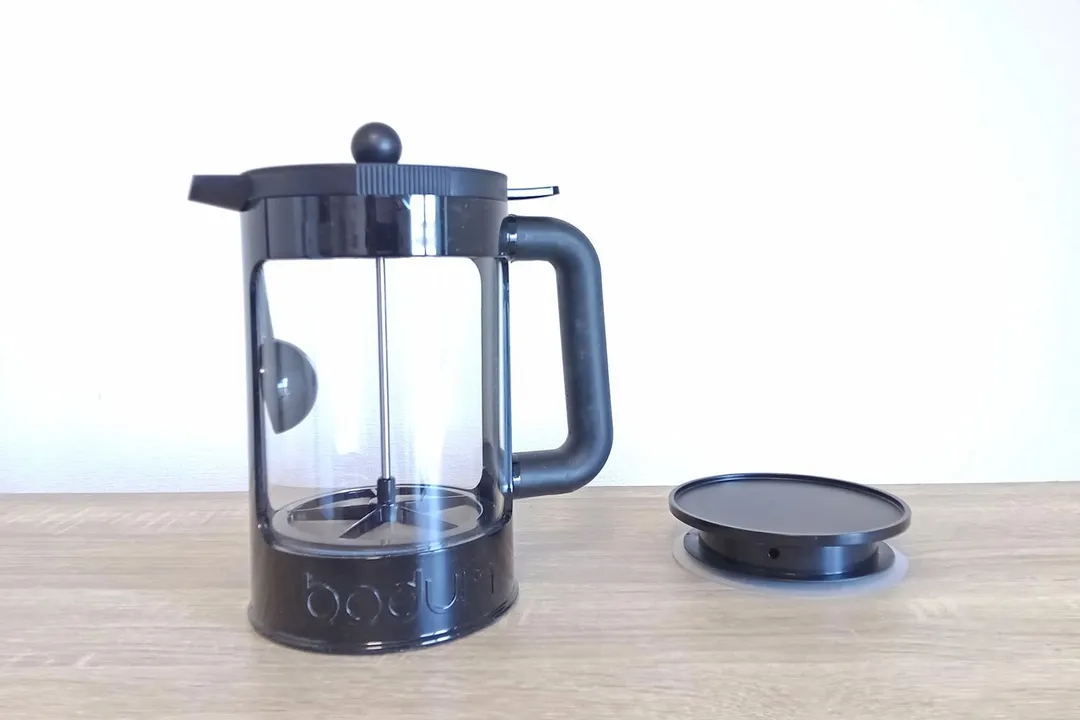

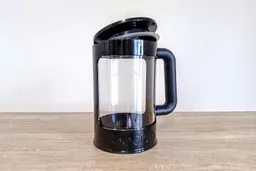
Filter
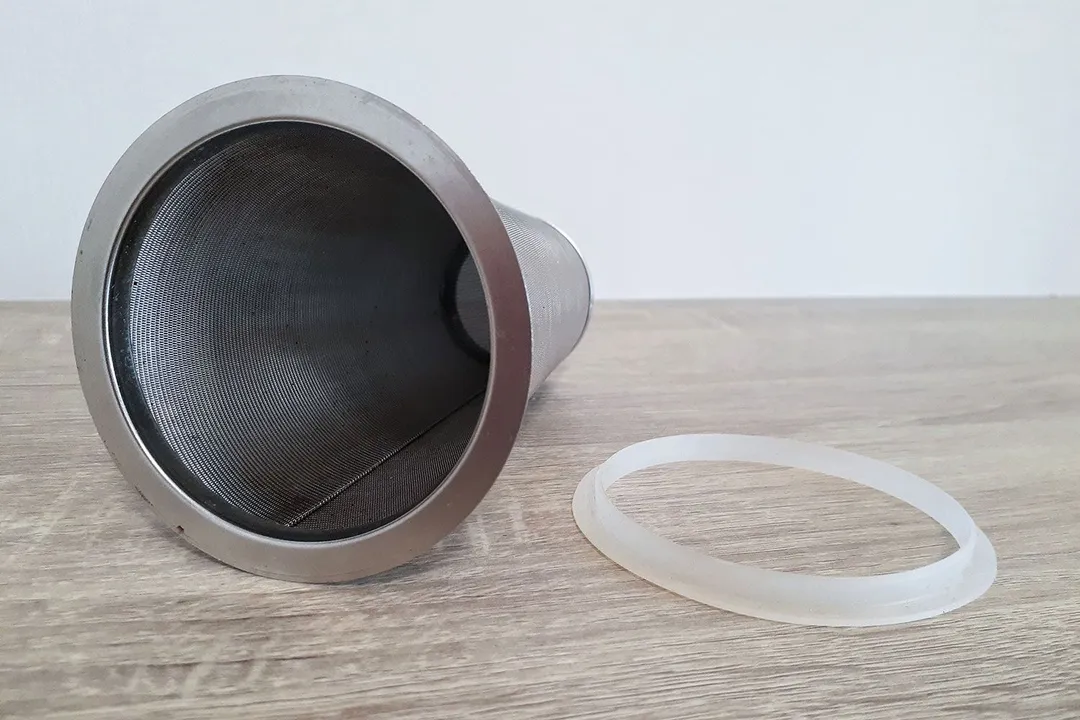
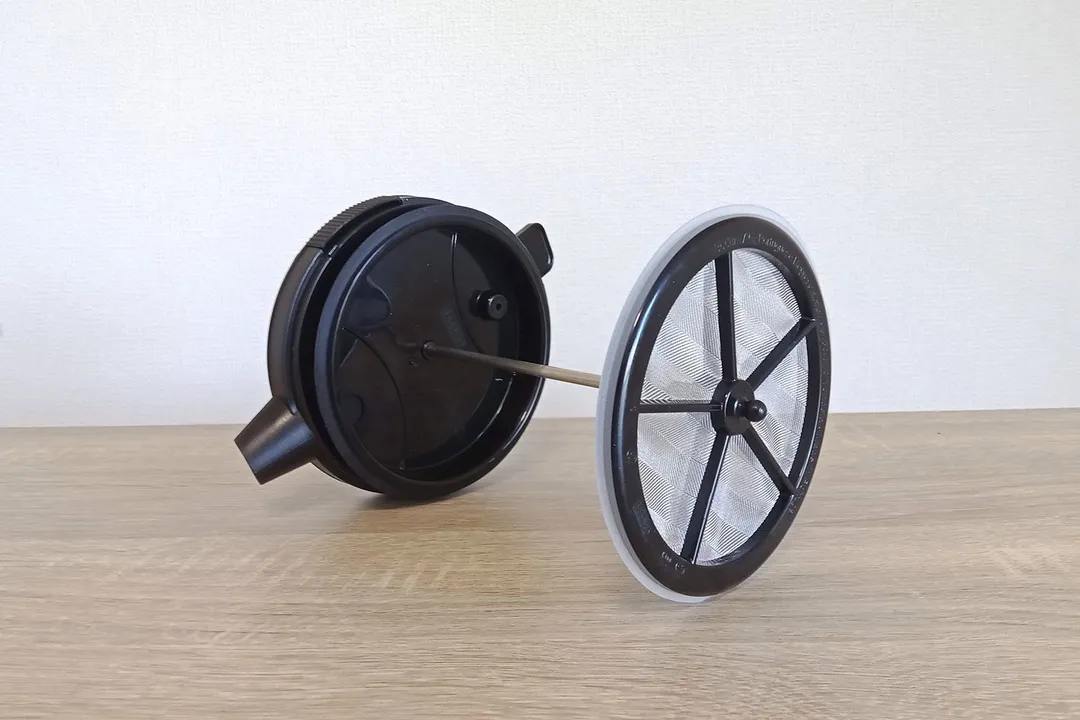
Build Quality
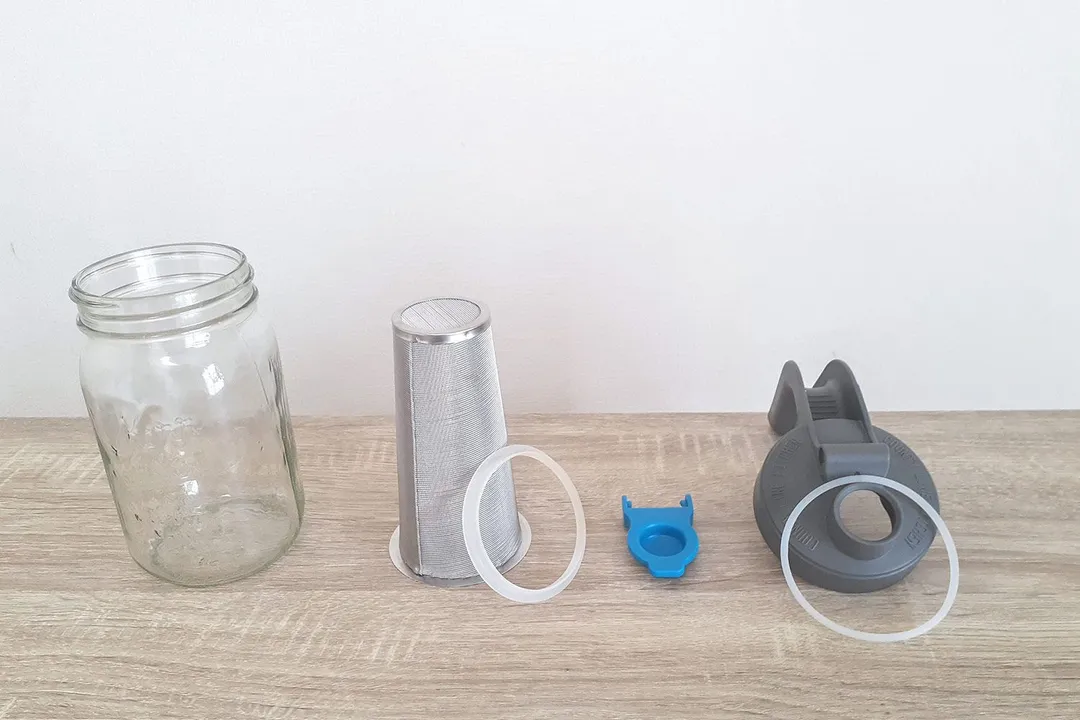
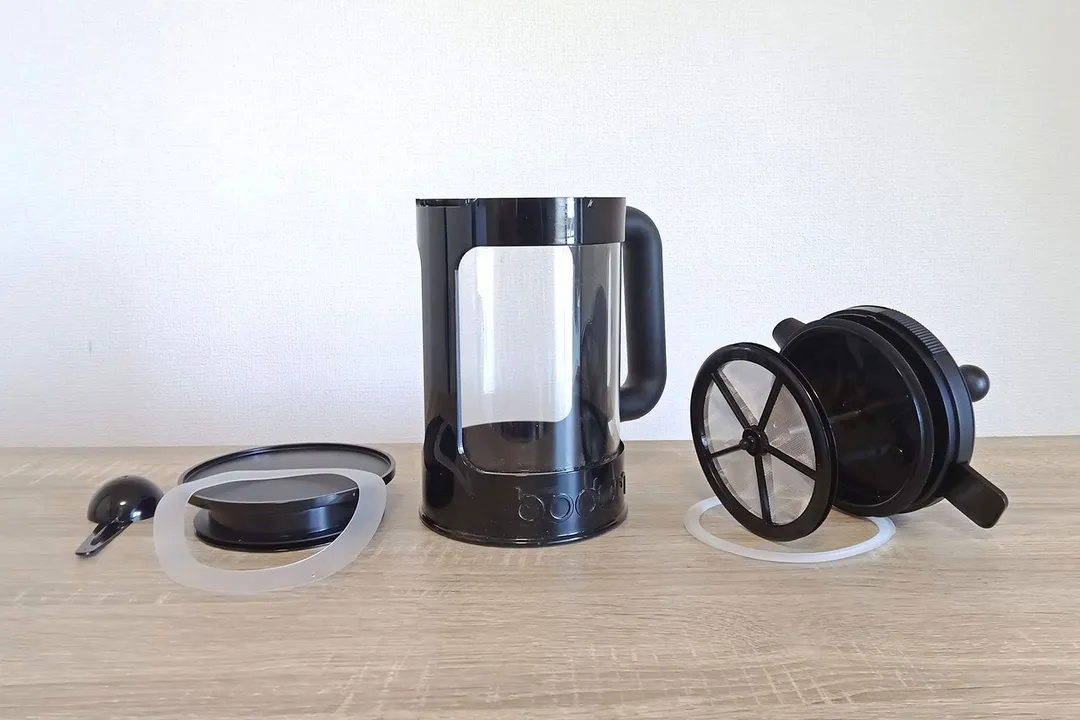
Usability
Brewing

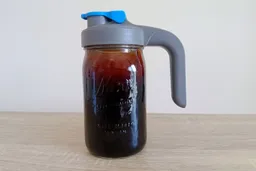
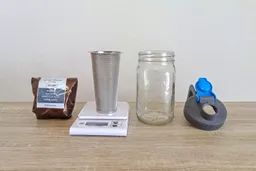
Decanting
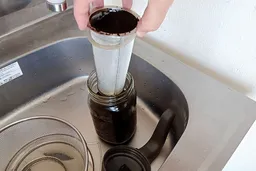
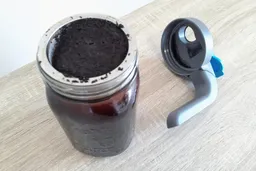
Cleaning and Storage
Behind the Comparison
Roger Shitaki is a writer, author, and editor. His niches are household appliances, health & wellness, and travel. He’s a freelance contributor to a Tokyo lifestyle website and a leading ophthalmology magazine in Asia.

